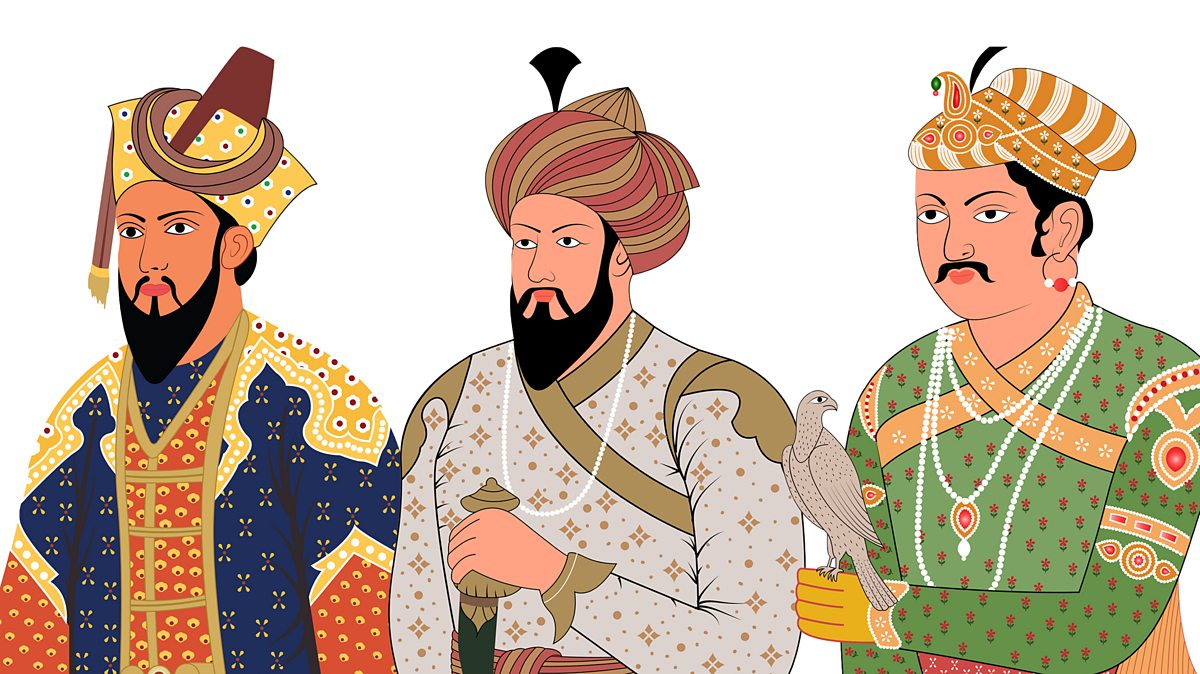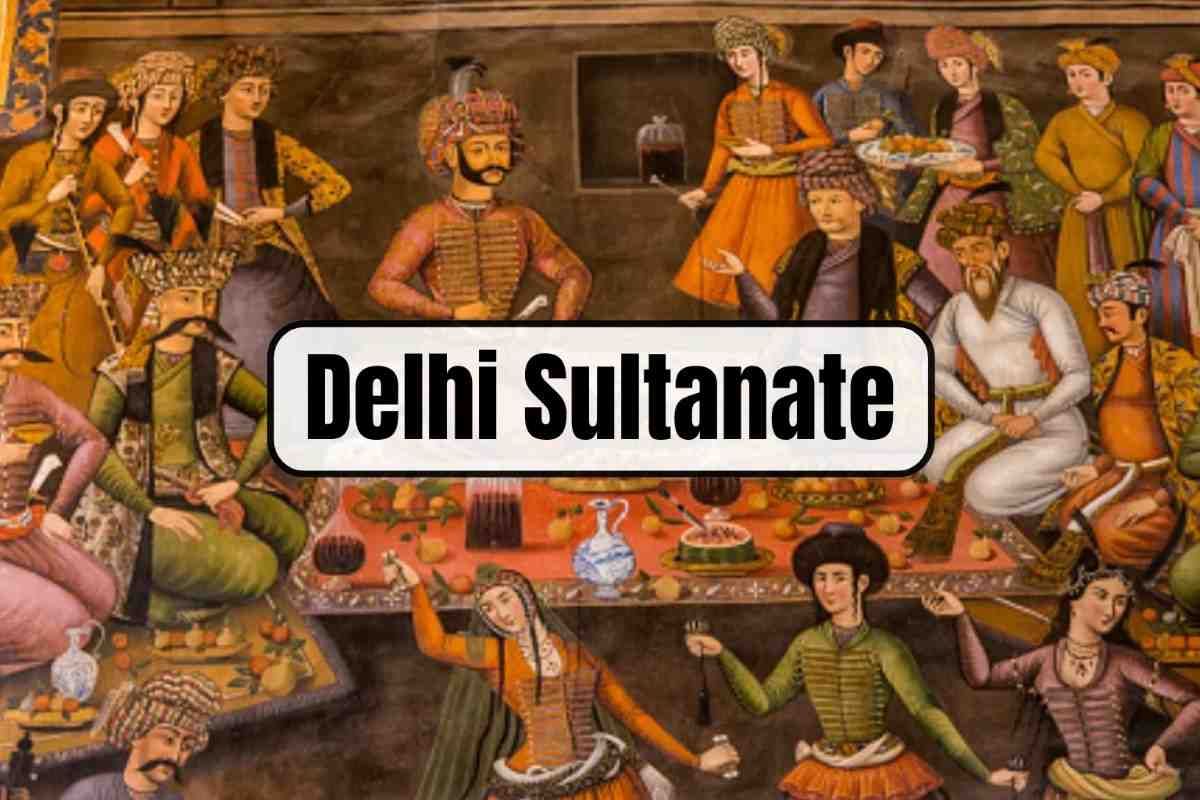Font size:
Print
CAG Report on Kerala’s Human-Wildlife Conflicts
Context:
The Comptroller and Auditor General (CAG) of India identified significant failures and negligence in the Kerala Forest Department’s efforts to protect and maintain wildlife habitats, as detailed in an audit report presented during the ongoing Kerala assembly session.
Impact of Three Major Development Projects that rise in human-wildlife conflicts in Kerala:
- The development of the Indian Institute of Technology (IIT) campus in Palakkad. has led to increased conflicts in the Walyar forest region, with wild elephants being severely affected.
- IIT included 18.14 hectares of vested forest land, part of the Nilambur elephant reserve.
- The forest department failed to alert the government about potential human-wildlife conflicts.
- The construction of an airstrip for the National Cadet Corps (NCC) near the Periyar Tiger Reserve (PTR) in Idukki.
- Construction, only 630 metres from the Periyar Tiger Reserve (PTR).
- The allocation of land in the defunct Aralam farm to landless tribals.
- It made them vulnerable to interactions with elephants and tigers due to its proximity to a wildlife sanctuary.
- Lack of control over private electric fences is also a major reason disrupts wildlife movement and established animal corridors.
- Kerala declares man-animal conflict a state-specific disaster
Human-Wildlife Conflict Statistics:
- Human Deaths and Injuries: From 2017-18 to 2020-21, there were 445 human deaths and 3,298 injuries due to human-wildlife conflicts.
- Loss of Livestock and Crops: Human-wildlife conflicts led to the loss of 1,630 cattle and 24,425 crop loss or damage applications.
Specific Wildlife Conflict Issues:
- Wild Boar Attacks: Accounted for 78 human deaths between 2017 and 2021.
- Wayanad District: Reported the highest number of human-wildlife conflict claims. Forest land decreased from 1,811.35 sq km in 1950 to 863.86 sq km in 2021 due to plantations and cultivation.
What is Human-wildlife conflict:
- It is defined as struggles that emerge when the presence or behaviour of wildlife poses an actual or perceived, direct and recurring threat to human interests or needs, leading to disagreements between groups of people and negative impacts on people and/or wildlife
- Rising Human-Wildlife Conflict:
-
- Increased human populations and demand for space lead to more interactions and competition for resources between humans and wildlife.
- Along with other threats, human-wildlife conflict has driven the decline of many species and is pushing others to the brink of extinction.

Impacts of Human-Wildlife Conflict:
|
Indian Government Measures to Prevent Human-Wildlife Conflict:
- Wild Life (Protection) Act, 1972: Provides stringent punishment for violations and forfeiture of equipment, vehicles, or weapons used in wildlife offences.
- Alerts and Advisories: Issued by the Wildlife Crime Control Bureau (WCCB) on poaching and illegal wildlife trade to state and central agencies for preventive action.
- Advisory on Human-Wildlife Conflict: Issued on 06.02.2021 to all States/UTs to manage human-wildlife conflict situations.
-
- Guidelines on Human-Wildlife Conflict: Issued on 3rd June 2022 to States/UTs for managing human-wildlife conflict, including crop damage.
- Species-Specific Guidelines: Released on 21.03.2023 for mitigating conflicts involving elephants, gaur, leopards, snakes, crocodiles, rhesus macaques, wild pigs, bears, blue bulls, and blackbucks.
- Also includes guidelines for cooperation between forest and media sectors, occupational health and safety, crowd management, and health emergencies related to human-wildlife conflicts.
- SOPs for Human-Wildlife Conflict: Issued for managing conflicts involving tigers, leopards, and elephants.
- Strategies to Mitigate Human-Animal Conflict
-
-
- Centrally Sponsored Schemes: Financial assistance provided to State/Union Territory Governments under schemes like ‘Development of Wildlife Habitats,’ ‘Project Tiger,’ and ‘Project Elephant’ for wildlife and habitat management.
- Supported Activities: Include construction of physical barriers such as barbed wire fences, solar-powered electric fences, bio-fencing using cactus, and boundary walls to prevent wild animals from entering crop fields.
-
- Early Warning Systems
-
- Eco-Development Activities: Local communities involved in conservation measures that assist forest departments in protecting wildlife.
Case Study: Kumki Elephant
- The Odisha state government has sought four Kumki elephants and their handlers from Tamil Nadu, in the wake of worsening human-elephant conflict in the eastern State.
- Kumki elephants are trained captive elephants employed for tasks such as capturing, rescuing, and tranquilising wild elephants.


